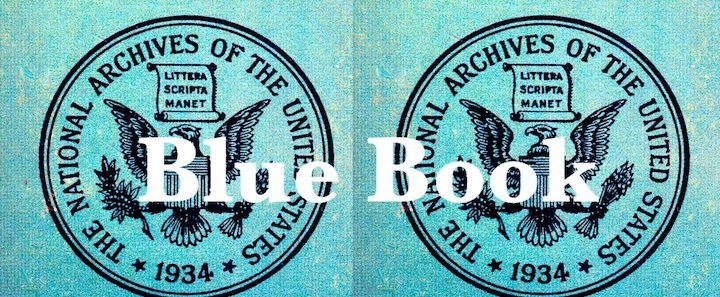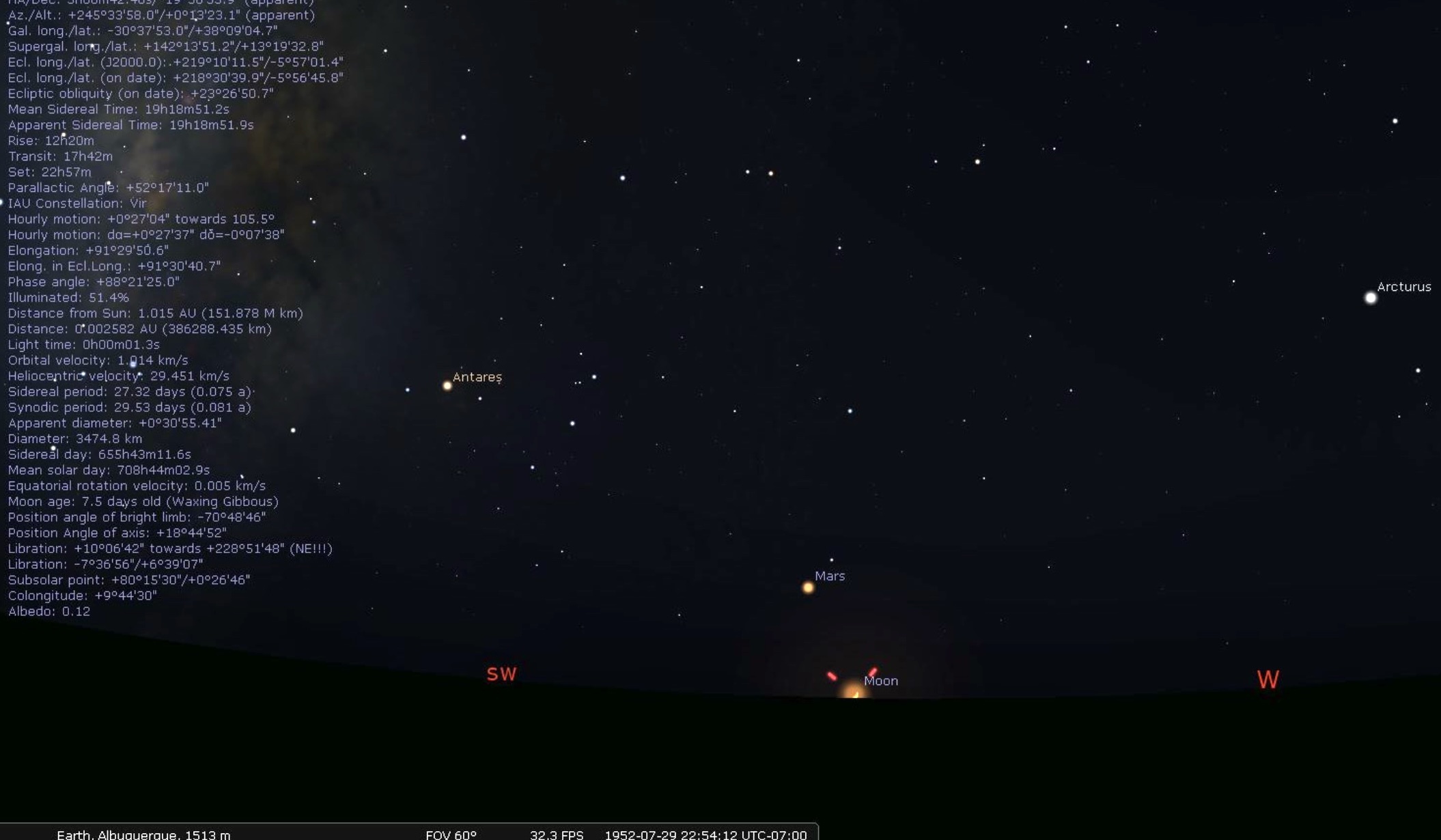12.02.2025

The 701 club: Case 1755 July 30, 1952 Albuquerque, NEw Mexico
Don Berlinner describes the case as follows:
July 30, 1952; Albuquerque, New Mexico. 11:02 p.m. Witness: USAF lst Lt. George Funk. One orange light remained stationary for 10 minutes. No further details in files.
Sparks’ entry is more complete:
July 29 [not 30], 1952. Kirtland AFB, Albuquerque, New Mexico. 11:02 p.m. (MST). USAF 1st Lt. George E. Funk Jr., [Radar] Duty Controller, 135th AC&W Sq, Kirtland AFB, saw an almost stationary yellow-orange light at 240° azimuth (about WSW) at about 3,000 ft altitude, seen through a surveyor’s transit [theodolite] for 3 mins, [naked eye 7 mins], along with Airman/1C K. D. Peebles, Airman/1C W. M. Stamps [sp?], and Airman 2/C C. D. Bolts Jr. Object faded, no radar contact. (Sparks; BB files; Berliner).
The Blue Book file
Like so many of the July 1952 sightings, the amount of information in the file is very limited and it consists of just a two-page report.
The time of the sighting was slightly variable. At one point it was 2300 MST and, another 2302 MST. The date was 29 July (not 30 July).
The direction of the sighting was at 240 degrees azimuth. Estimated altitude was 3000 feet.
Sky conditions were scattered clouds.
A transit was used for 3 minutes and naked eye for 7 more minutes. Total observation time was approximately 10 minutes.
The color was “yellow-orange” and it was circular in shape.
It disappeared by “fading away”.
There was a follow-up from the Continental divide radar station in Gonzales, NM (approximately 100 miles to the west of Albuquerque). They had a radar contact and the operators looked eastward and saw a light moving about. It eventually moved northward and disappeared. An F-94 was sent to intercept but it found nothing.

Analysis
There seems to be enough information in the file to examine the case. The duration and fact that the object disappeared in the west makes one consider the possibility of an astronomical source. There was a good source. At 2254, the first quarter moon was setting at an azimuth of 245 degrees. Additionally, at azimuth of 242 degrees was the planet Mars at magnitude -0.26. It was only a few degrees above the horizon. Both objects appear to be possibilities for the object. The moon set a few minutes before the time of the sighting but it was in the correct location and angular size. it is possible the time listed might have been in error or atmospheric refraction could have made the moon appear above the horizon. The time listed of 2302 MST could have also been the end of the sighting and not the beginning.
As for the radar contact from Gonzales, NM, there appears to be no relation with the visual sighting. Rising in the East was the planet Jupiter and it could have been the source of the visual sighting. Its disappearance could have been just due to it disappearing behind clouds. It also could have been an aircraft light. There is not a lot of information to go on with this sighting.
Conclusion
This event can be classified as “possibly” the moon. The only reason it is not “probably the moon” is because of the time difference between sighting and actual moonset (setting roughly 8 minutes prior to the sighting). Still, this is not that significant a difference and the times reported could be in error a few minutes. The witnesses never mentioned the moon, which would have been visible prior to the sighting. There is the possibility that it might have been Mars. I think this is less likely since, even though it was magnitude -0.26 at the time, I don’t think that would have been as noticeable as the moon setting. With a possible explanation offered, this sighting can be removed from the list of Blue Book unknowns.
Quelle: SUNlite 6/2024
